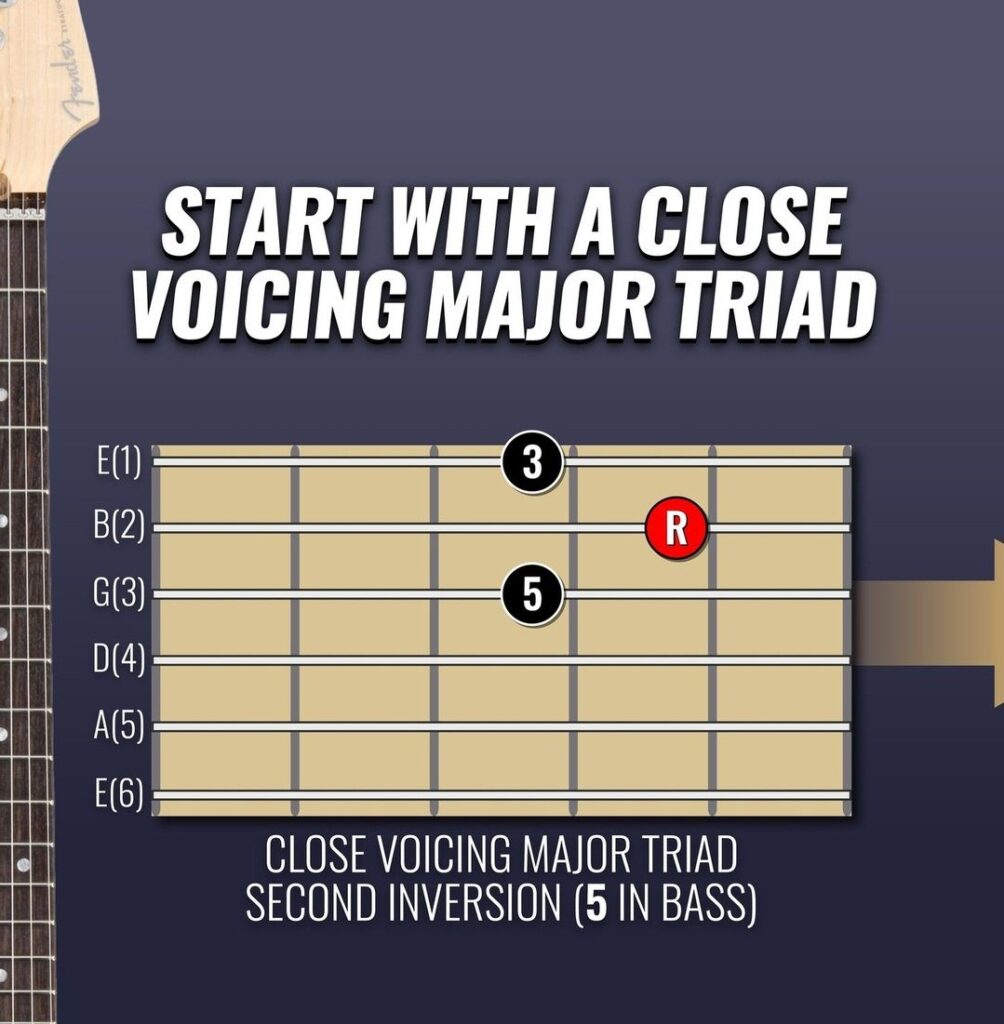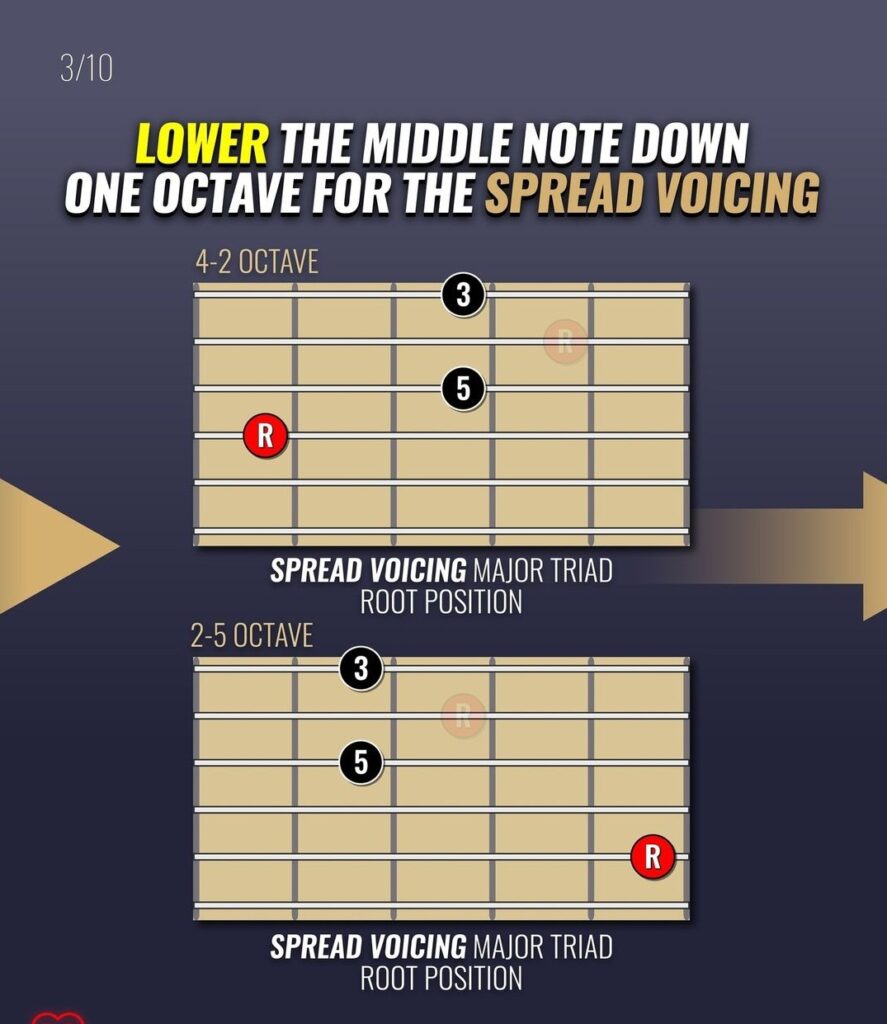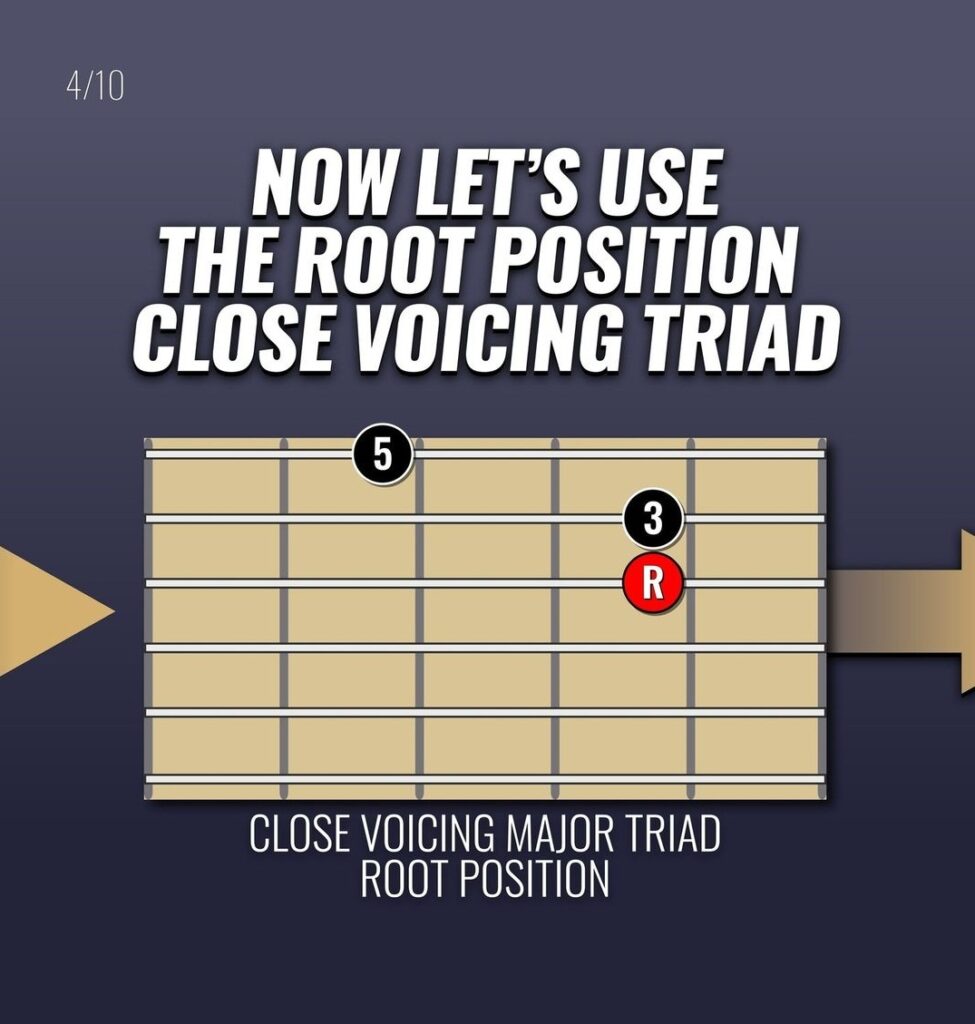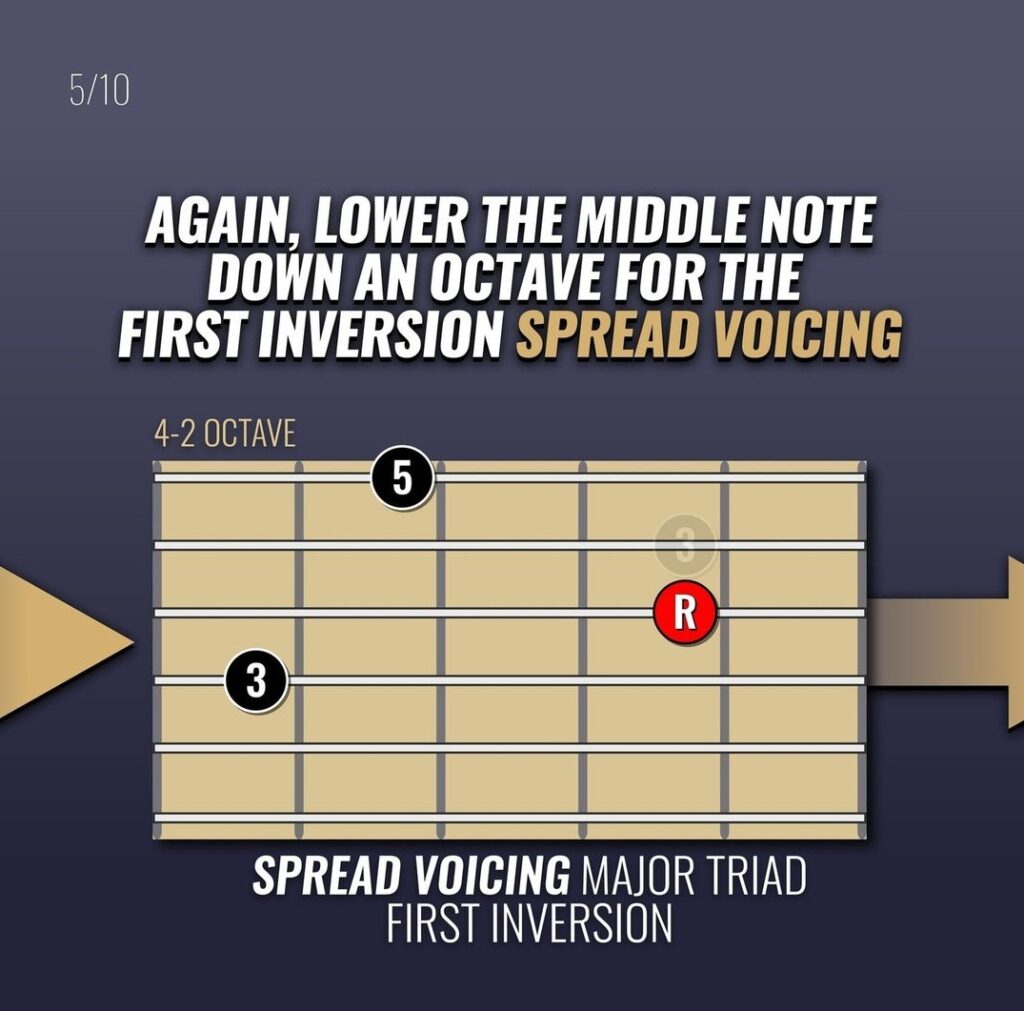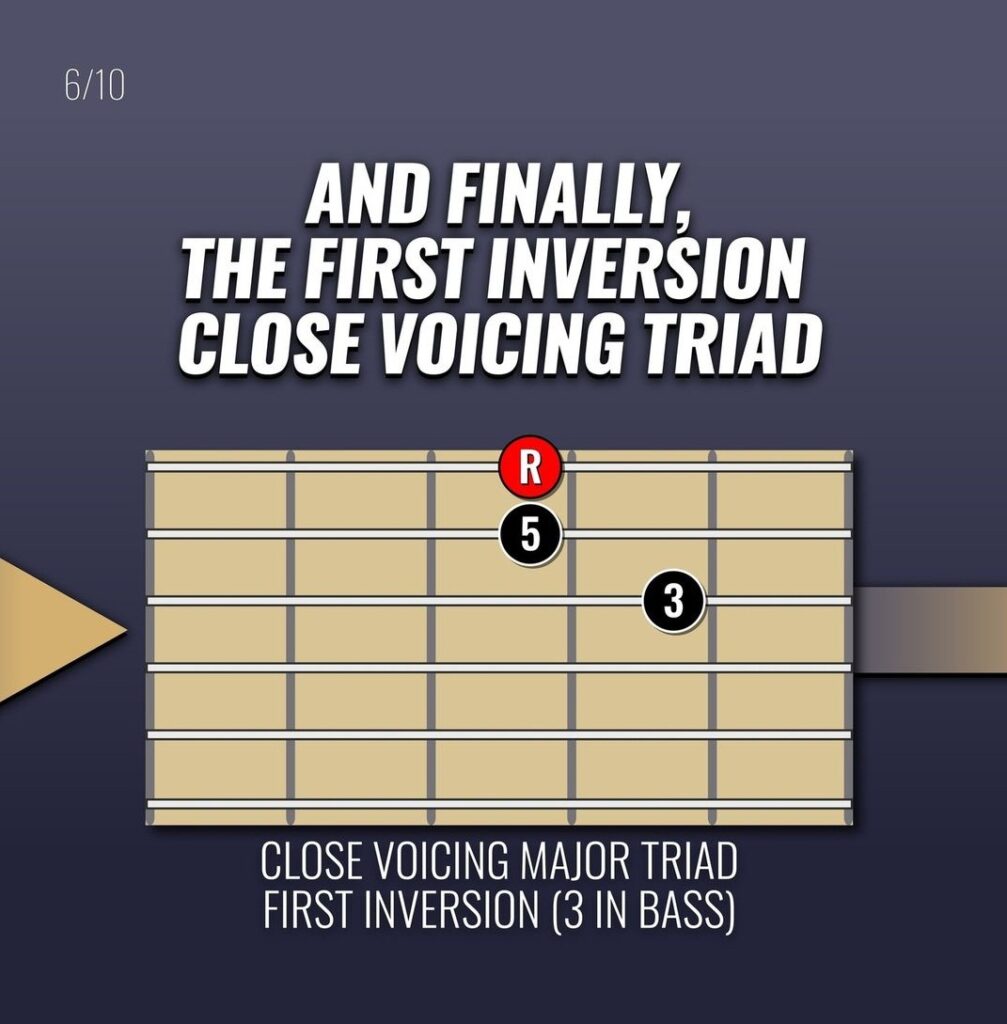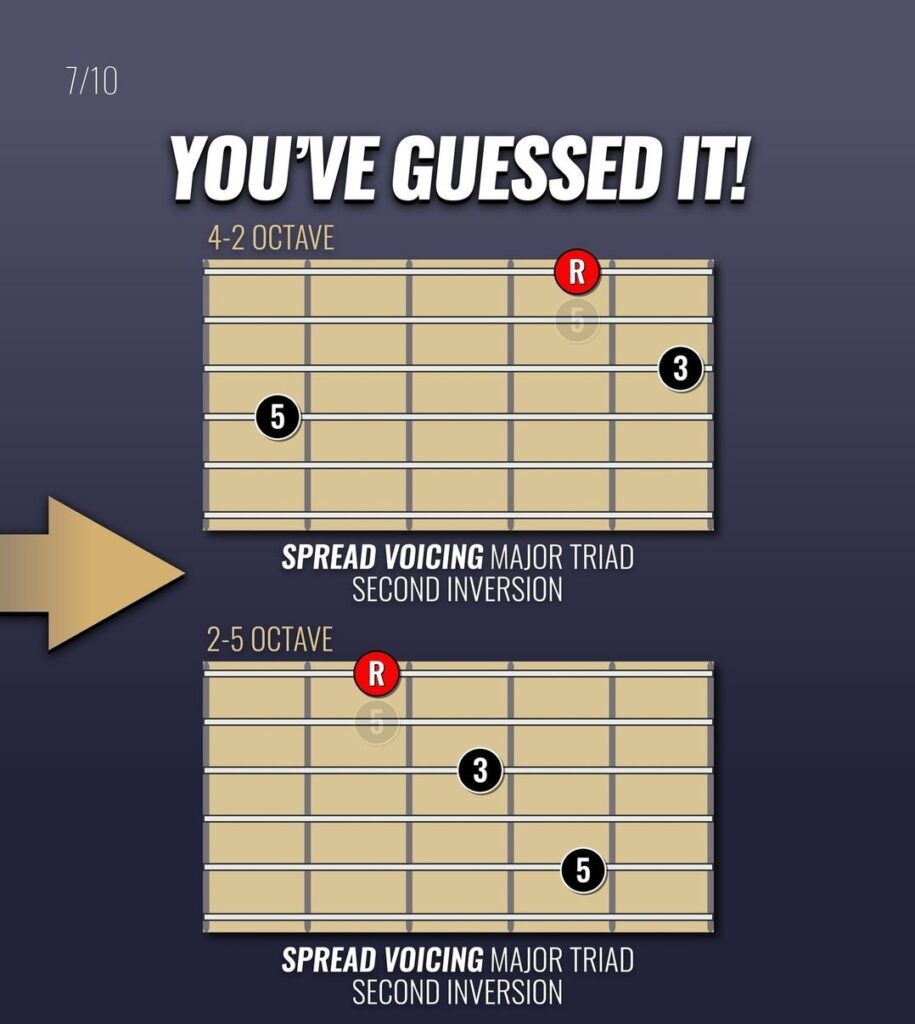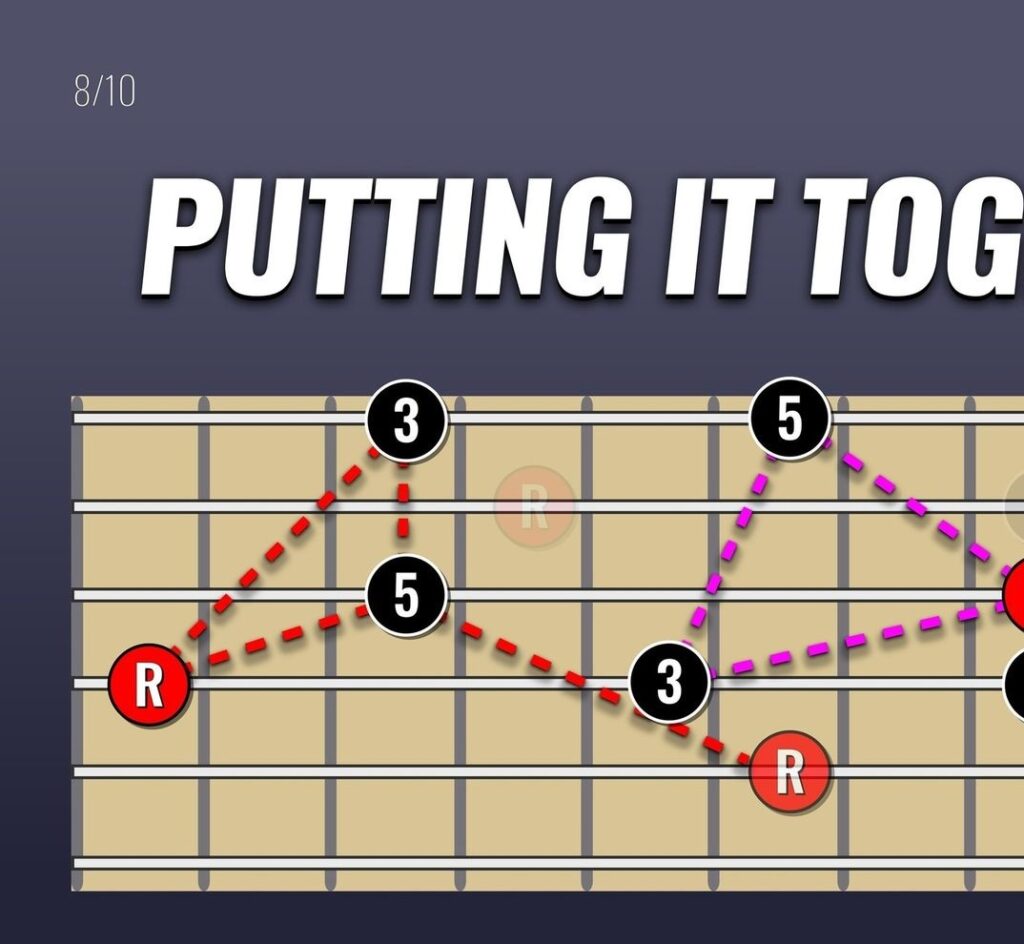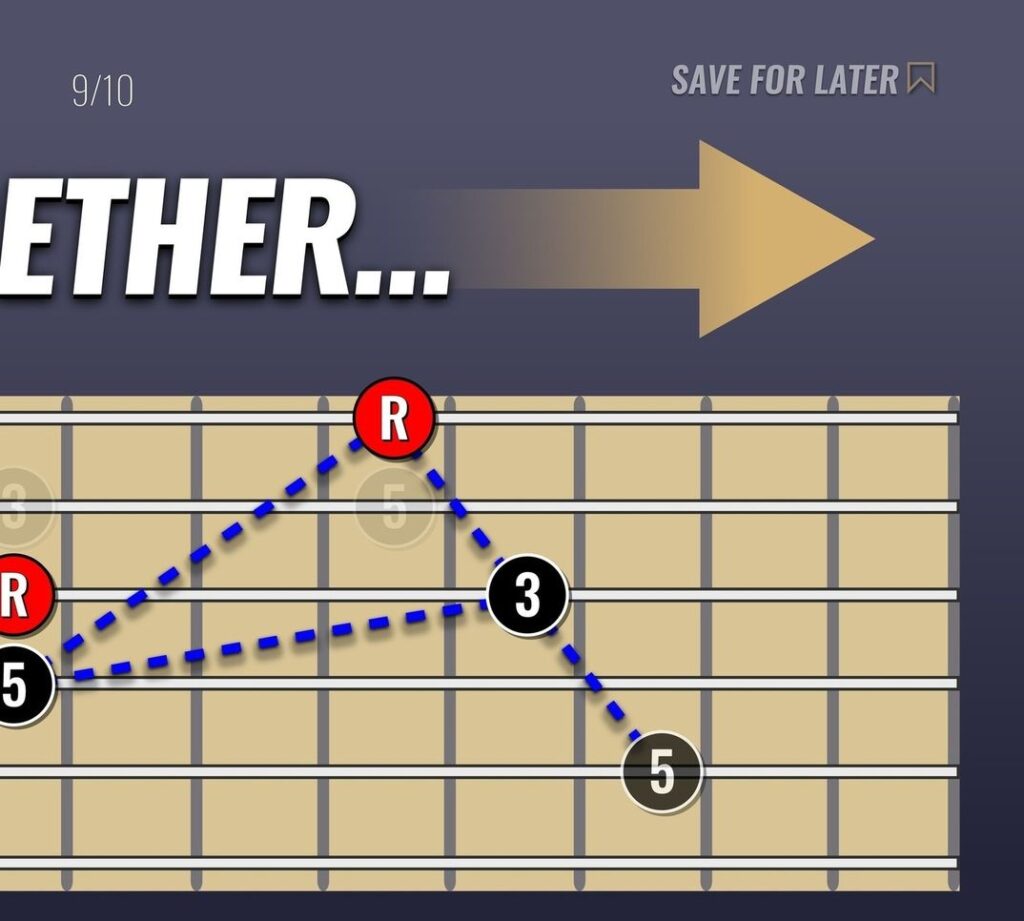Playing guitar is a journey that takes you through various techniques and musical concepts. As a beginner, it’s essential to build a strong foundation, and understanding chord voicings is a crucial aspect of that foundation. In this blog post, we’ll explore the world of close voicing major triads, delving deep into the theory and application for guitar beginners.
Understanding Major Triads:
Before we dive into close voicings, let’s briefly revisit major triads. A major triad is a three-note chord consisting of the root, major third, and perfect fifth. For example, in the key of C, a C major triad comprises the notes C (root), E (major third), and G (perfect fifth).
What are Close Voicings?
Close voicings involve playing the chord tones in a compact, tight arrangement, often within a single octave. This contrasts with open voicings, where the chord tones are spread out over multiple octaves. Close voicings are valuable for their harmonic richness and smooth voice leading.
Building Close Voicing Major Triads:
- Choose Your Root Note: Start by selecting the root note of the major triad you want to play. For instance, if you’re working with a G major triad, find the G note on your guitar.
- Identify the Major Third and Perfect Fifth: Knowing the intervals within a major triad is crucial. Find the major third and perfect fifth relative to your chosen root note. In the case of G major, the major third is B, and the perfect fifth is D.
- Experiment with Fingerings: Experiment with different fingerings to find a comfortable and efficient way to play the triad. Close voicings often involve adjacent frets and strings, so explore fingerings that allow for smooth transitions between chords.
Practical Exercises for Beginners:


- Major Triad Arpeggios: Practice playing major triad arpeggios using close voicings. Start with simple progressions in different keys to build finger strength and familiarity with the fretboard.
- Chord Progressions: Incorporate close voicing major triads into common chord progressions. Progressions like I-IV-V are excellent for practicing major triads in different keys.
- Transpose and Explore: Take the chord shapes you’ve learned and transpose them to different keys. This helps you internalize the shapes and understand their versatility.
Tips for Mastery:
- Take it Slow: Learning close voicings might seem challenging at first, but take it slow and focus on accuracy. Speed will come with practice.
- Use a Metronome: Practice with a metronome to develop a sense of timing and precision. This is crucial for playing close voicings cleanly.
- Apply to Songs: Once you’re comfortable with close voicings, try incorporating them into songs you’re learning. This application helps reinforce your understanding and makes practice more enjoyable.
Conclusion:
Close voicing major triads open up a world of harmonic possibilities for guitarists. As a beginner, investing time in mastering these voicings will not only enhance your playing but also deepen your understanding of music theory. Remember, the key to success is consistent and focused practice. Happy playing!

